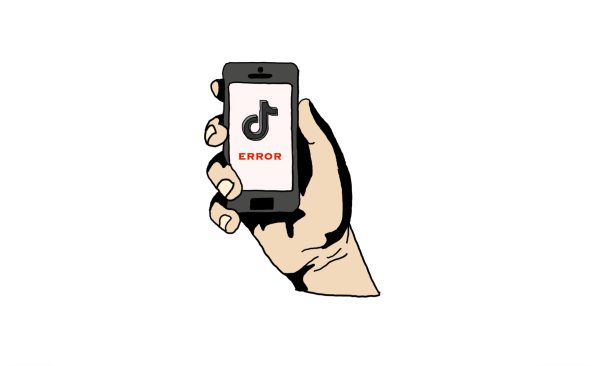Social media’s impacts on charity
As social media challenges are on the rise, organizations are taking advantage of the publicity. With every challenge documented, organizations gain recognition and donations. However, controversy arises over whether or not the participant’s intent of the challenge is genuine or insincere.
October 6, 2014
Social media sites inspire greater generosity
Sharing, tagging and retweeting provide awareness
Ivy Kaplan
With recent challenges taking over the internet, including the polar plunge and the ALS Ice Bucket Challenge, social media sites have taken on a new role as a basis for charity.
The idea behind these challenges is simple. A friend who has already been challenged completes their task while being filmed and then nominates whomever they want to continue on the trend.
The official rules of each challenge slightly differ, but the goal is the same. If the nominee successfully completes the challenge within a 24 hour time frame, the original nominator must make a donation to the appropriate charity.
Yet behind the simplicity and almost childlike nature of these challenges, the rewards and donations are overwhelmingly successful. Over time, a chain reaction begins to form, made possible through promotion and positive pressure of social media sites.
For those who question the true intent of hyping up these challenges or believe they are more of a popularity stunt, the statistics beg to differ.
As of Sept. 22, donations to ALS inspired by the Ice Bucket Challenge surpassed $114 million according to the association’s website, money that would not have been possible without social media promotion.
Another benefit of social media sites on these challenges is the participation of famous people. If someone sees a celebrity crush or a political leader participating, they can be inspired to follow in the footsteps of that participant.
Additionally with their fame, comes increased publicity that can raise more awareness.
There are no disadvantages to using social media sites to raise charity, especially if it’s as easy as tagging a friend in a post.
Social media promotion doesn’t accomplish much
If Twitter could save the world, why hasn’t it yet?
Noah Robiner
The ALS ice bucket challenge, while a valiant cause, fails to create the right kind of change.
The problem with this campaign isn’t that it fails to do anything, it’s that it makes people feel like they’ve done more than they really have. It promotes a culture of only helping those in need when prompted publicly and expecting public affirmation for the so-called charity. There are no set rules and it is often unclear who has to donate and when.
A study by the Center for Charitable Giving and Philanthropy states donor “concerns may be more about maximizing their personal satisfaction rather than seeking optimum outcomes from a broader societal perspective.” This campaign perpetuates the trend of giving only for personal reasons. If we become a society where whichever cause is sexier gets the most funding, far more deserving charities will be pushed out.
According to ALSA.org, ALS is a disease with a two-to-five year life expectancy from the time of diagnosis. The disease starts with a stiffness in the fingers and eventually progresses to paralysis, weakness and an inability to breathe or swallow in just a few short years. When we dump ice cold water on their heads in solidarity to those who are suffering, we are mocking the tragedy that has befallen thousands; and we feel good doing it.
So how can we contribute sustainably and altruistically to charity? We can start by pledging to donate a percent of our annual income to charitable giving instead of making publicly prompted one-time donations. We can put in the time to research different organizations and find ones that line up with our personal beliefs.
We can help people for the sake of helping people and not make other’s suffering our opportunity for self-aggrandizement.














